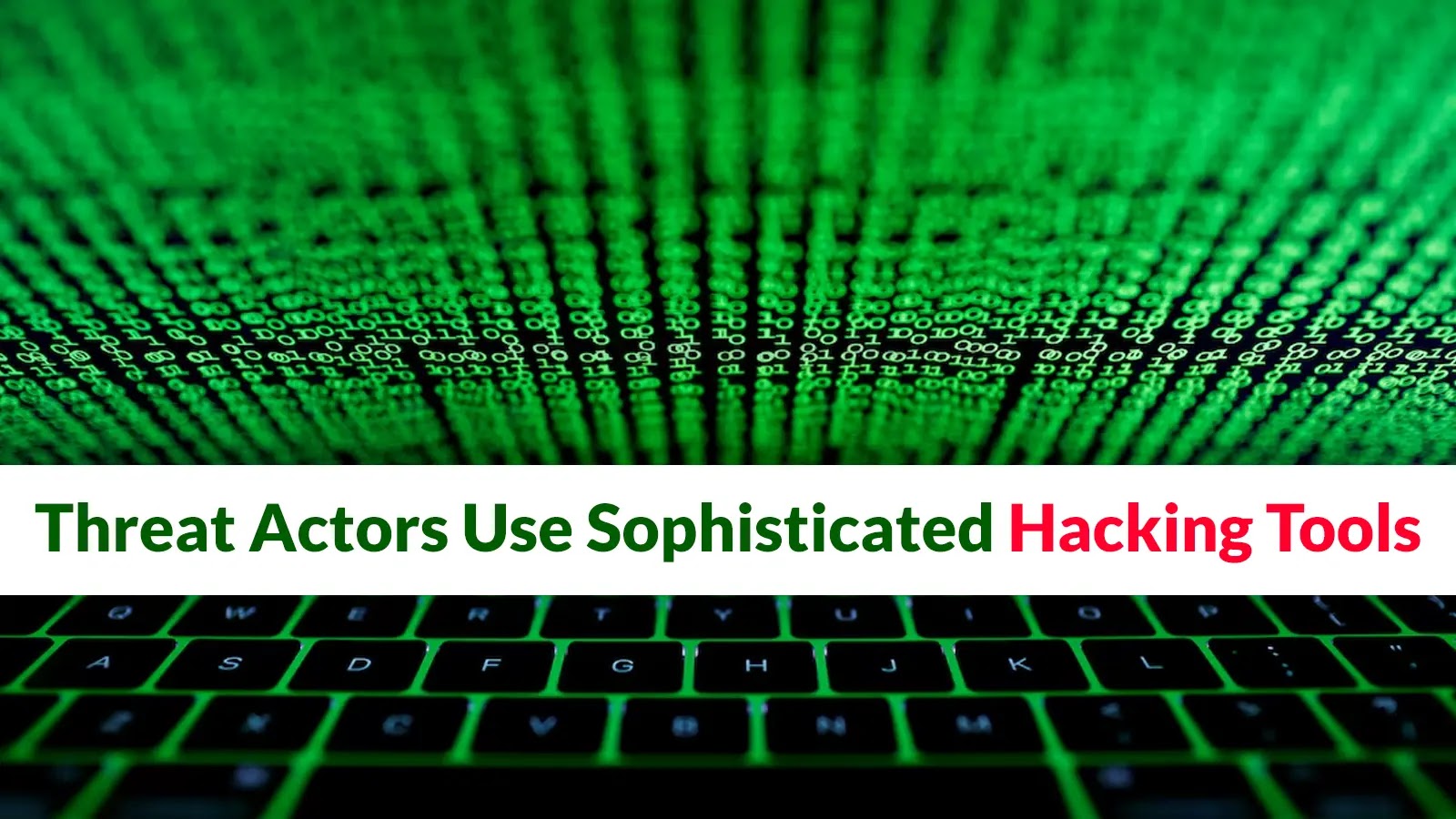
Threat Actors Use Sophisticated Hacking Tools to Destroy Organizations Critical Infrastructure
The Escalating Threat: Sophisticated Hacking Tools Targeting Critical Infrastructure
Organizations worldwide face an insidious and growing threat: highly sophisticated hacking tools specifically designed to sabotage critical infrastructure. No longer are threat actors content with mere data exfiltration or ransomware demands; their campaigns have escalated from crude ransomware splashes to precision-engineered strikes that can cripple an organization’s operational technology (OT) and supervisory control and data acquisition (SCADA) systems. The implications are dire, threatening power grids, water treatment plants, and transportation networks – the very lifeblood of modern society.
BlackParagon: A New Strain of Disruptive Malware
Incident responders have recently identified a potent new malware strain, dubbed “BlackParagon,” that underscores this alarming shift. Its emergence was marked by simultaneous outages across three distinct Asian energy utilities, causing widespread disruption. Initial telemetry indicates that infections originated through a watering-hole compromise of an industry-specific web portal.
- Targeted Destruction: BlackParagon isn’t designed for data theft or ransom; its primary objective is to disable, damage, or destroy critical operational systems.
- Stealthy Infiltration: The watering-hole attack vector demonstrates the attackers’ patience and meticulous planning, compromising a trusted industry resource to deliver their payload.
- Global Implications: While initially observed in Asia, the capabilities of BlackParagon suggest a potential for global deployment against critical infrastructure entities.
Understanding the Shift in Threat Actor Tactics
The progression from broad-stroke ransomware to highly targeted destructive malware like BlackParagon signifies a fundamental change in threat actor motivations and capabilities. This evolution is driven by several factors:
- State-Sponsored Activity: Many sophisticated attacks on critical infrastructure are attributed to state-sponsored groups seeking to disrupt geopolitical rivals or project power.
- Increased Specialization: Threat actors are investing significant resources in developing expertise in OT and SCADA environments, understanding their unique vulnerabilities.
- Supply Chain Exploitation: Compromising trusted suppliers or industry-specific platforms (as seen with the watering-hole attack) offers a pathway to multiple targets.
The Impact on Operational Technology (OT)
Operational Technology systems, unlike traditional IT networks, are designed for availability and resilience in their specific operational context, often with less emphasis on traditional cybersecurity measures. Attacks like those perpetrated by BlackParagon exploit this reality:
- Physical Impact: Disruption to OT systems can lead to real-world consequences, from power outages affecting millions to catastrophic equipment failure.
- Safety Risks: Tampering with industrial control systems poses significant safety hazards for personnel and the surrounding communities.
- Economic Devastation: Prolonged downtime of critical services can result in massive economic losses and societal instability.
Remediation and Mitigation Actions
Protecting critical infrastructure from advanced threats like BlackParagon requires a multi-layered, proactive defense strategy that acknowledges the unique characteristics of OT environments.
- Robust Network Segmentation: Isolate IT and OT networks rigorously. Employ firewalls and intrusion prevention systems (IPS) at every junction.
- Strict Access Control: Implement the principle of least privilege for all access to OT systems. Utilize multi-factor authentication (MFA) extensively.
- Vulnerability Management and Patching: Regularly scan and patch vulnerabilities in both IT and OT systems, prioritizing those with known exploits. While patching OT systems can be complex due to uptime requirements, it is essential.
- Incident Response Planning: Develop and regularly test comprehensive incident response plans specifically tailored for OT disruptions. This includes clear communication protocols and designated recovery procedures.
- Employee Training and Awareness: Educate all personnel, especially those with access to OT environments, about social engineering tactics and phishing attempts, which are common initial infection vectors.
- Supply Chain Security: Vet third-party vendors and suppliers for their cybersecurity practices, especially those providing software or hardware for critical systems.
- Threat Intelligence Sharing: Participate in industry-specific threat intelligence sharing groups to stay informed about emerging threats and attack methodologies.
- Regular Backups: Implement robust, isolated backup solutions for critical system configurations and data that can be quickly restored in the event of a destructive attack.
Tools for Detection and Mitigation
Leveraging specialized tools is crucial for defending against sophisticated attacks on critical infrastructure. Below are examples of categories and specific tools that can aid in detection, scanning, and mitigation:
| Tool Category | Specific Tool/Type | Purpose | Link (Example) |
|---|---|---|---|
| Network Monitoring & IDS/IPS | Palo Alto Networks Next-Gen Firewalls | Deep packet inspection, application control, threat prevention for both IT/OT boundaries. | Palo Alto Networks |
| Industrial Cybersecurity Platforms | Claroty Continuous Threat Detection (CTD) | Visibility, threat detection, and vulnerability management for OT networks. | Claroty |
| Vulnerability Scanners | Tenable.ot | Passive and active vulnerability assessment for industrial control systems. | Tenable.ot |
| Endpoint Detection & Response (EDR) | SentinelOne Singularity Platform | AI-powered threat prevention, detection, response, and hunting for endpoints. | SentinelOne |
| Security Information and Event Management (SIEM) | Splunk Enterprise Security | Aggregates and analyzes security logs from IT/OT for threat detection and incident response. | Splunk ES |
Conclusion
The emergence of BlackParagon and similar destructive malware strains targeting critical infrastructure represents a profound challenge to global security. Organizations must recognize the heightened threat, bolster their defenses, and adopt a proactive, comprehensive cybersecurity posture. Prioritizing the convergence of IT and OT security strategies, investing in specialized tools, and fostering a culture of cybersecurity awareness are not merely recommendations; they are immediate necessities to safeguard the critical services that underpin our modern world.





